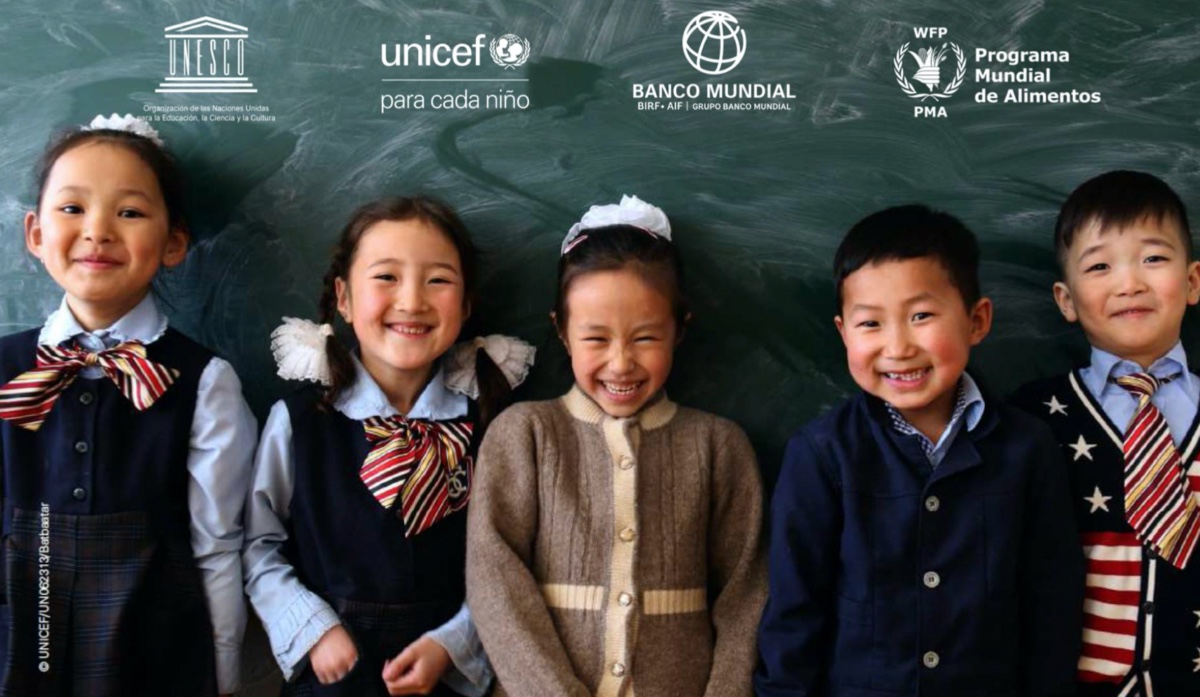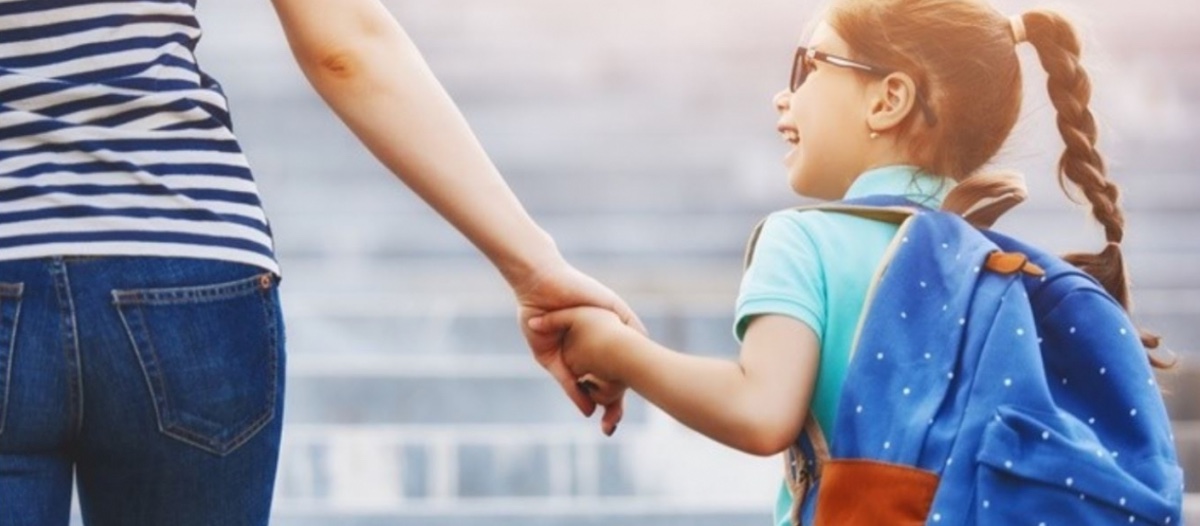The pandemic brought with it school closures that have widened the social divide, deepening inequality. Around 1.6 billion children worldwide have missed classes. Although most countries have not yet decided on a specific date for schools to reopen, UNESCO proposes a staggered strategy, prioritising health and safety. Through its Global Monitoring Report 2020: Inclusion and Education (GEM 2020), UNESCO stresses that governments must focus their efforts on all those vulnerable learners, who have been isolated during lockdown and who have not had the opportunity to access the learning conditions they needed. Therefore, UNESCO indicates that when schools resume activity, they should work on this aspect by promoting equality. The World Food Programme (WFP) confirms that some 370 million children are not receiving meals because their schools are closed.
The educational scenario presented during the lockdown consisted of distance learning making use of platforms and tools to enable communication between teachers, their students and the children’s families. Mostly this involved using classic media such as television and radio. However, the experience uncovered all the weaknesses of the global education system, raising important questions in the education community. To address this uncertainty, UNESCO proposes a new, post-Covid educational scenario.
Reopening schools remains a difficult decision as the pandemic continues to evolve and there is still no evidence concerning the risks of coronavirus transmission. The Global Education Coalition, in which ProFuturo participates, was established to support governments in strengthening distance learning and enabling schools to re-open after states of emergency and lockdowns are lifted.
UNESCO, UNICEF, the World Bank and the WFP (World Food Programme) all agree on the importance of getting children back to school. Always taking into account the local needs and considering the conditions, in terms of learning and health and safety, in which the students will find themselves. This requires prioritising risk mitigation measures. As stated in the Framework for Reopening Schools, it is essential to gather information on how teachers, students, schools and communities have coped with school closures during the pandemic lockdown period. Six key dimensions have been established to assess their states of readiness: policy, safe school operations, learning, reaching the most vulnerable and well-being/protection. For this purpose, the local context must be analysed, recognising the constraints upon each scenario, with a view to improving learning outcomes by promoting fair education.
Some of the guidelines underscored for safe education in times of pandemic are:
Prior to reopening:
- Prepare financing plans and policies needed to foster safety at school and improve learning.
- Provide clear national guidance on parameters for decision making on school openings.
- School openings can also be staged, initially limited to a few days of the week, or only apply to certain grades or levels. Clear guidance should be provided for national assessment and other educational procedures.
- Develop safety protocols including physical distancing measures, prohibiting activities that require large gatherings, staggering mealtimes, reducing class size, etc.
Part of the reopening process:
- Promote dialogue and engagement between teachers, schools, families and education communities.
- Reintegrate vulnerable and out-of-school children into the education system.
- Increase supplies for cleaning and hygiene, hand disinfection, school disinfection, etc.
- Train teachers on implementing physical distancing and school hygiene practices and increase cleaning staff at schools as needed.
With schools reopened:
- Strengthen hygiene, safety and welfare measures for students while they are at school.
- Establish learning methods that provide for blended remote and in-person teaching and learning.
- Transmit knowledge on coronavirus transmission and prevention.
Schools are not simply a place for learning, but in many countries and for many disadvantaged families they are a place for social protection. In some countries, being out of school increases the risk of teenage pregnancy, encourages violence, child marriage, and sexual exploitation, among many other problems. In order to guarantee inclusion in schools in times of “new normality”, teachers require training in active methodologies and student assessment, feedback and monitoring procedures.
Several studies are currently being conducted by the education community to analyse the post-pandemic education landscape. These include research carried out in Spain by the Foundation Against Drug Addiction (FAD) and BBVA. This research surveyed more than 5,000 teachers, families and students in connection with their needs and proposals for the 2020/2021 school year.
The study Panorama de la Educación en España tras la pandemia COVID-19 (Education Outlook in Spain after the Covid-19 Pandemic) has four main objectives:
- To pinpoint the concerns of the education community after the closure of schools.
- To identify the sources of concern and needs of the education community for the 2020/2021 academic year.
- To ascertain the proposals of the education community in 2020/2021.
- To create a framework of action to tackle the various potential situations in 2020/2021.
In preparing the research questionnaires, the study used as a reference the Framework for Reopening Schools, a document produced by UNESCO, UNICEF, World Bank and WFP. The findings evidenced teachers’ concern for learning conditions and safety in schools. With regard to the recommendation of reducing class sizes, they agree on the importance of increasing staffing levels in schools.
As for the work tools available to schools, the survey reveals a common complaint, namely the lack of distance learning resources for students, especially technological devices. The educational response to this situation necessarily includes digital education, however, face-to-face student attendance is essential for families, students and teachers alike. In this regard, we must not forget how significant it is that the new normality in training environments will require working on digital teaching competence, students’ competence, tackling the “digital gap”, access to electronic devices for the most vulnerable families, connectivity and the promotion of shared educational platforms and work resources.
As for school reopenings, the respondents say that workspaces with students must be equipped with the necessary safety and hygiene measures. The education community agrees on the importance of adequate investment in view of the complexity of the educational challenge posed by the coronavirus.
Finally, and with the aim of combating these concerns, teachers expressed an interest in improving skills in three ways: defining strategies for distance and blended teaching, establishing self-assessment mechanisms befitting the current situation and defining procedures that encourage student autonomy.







